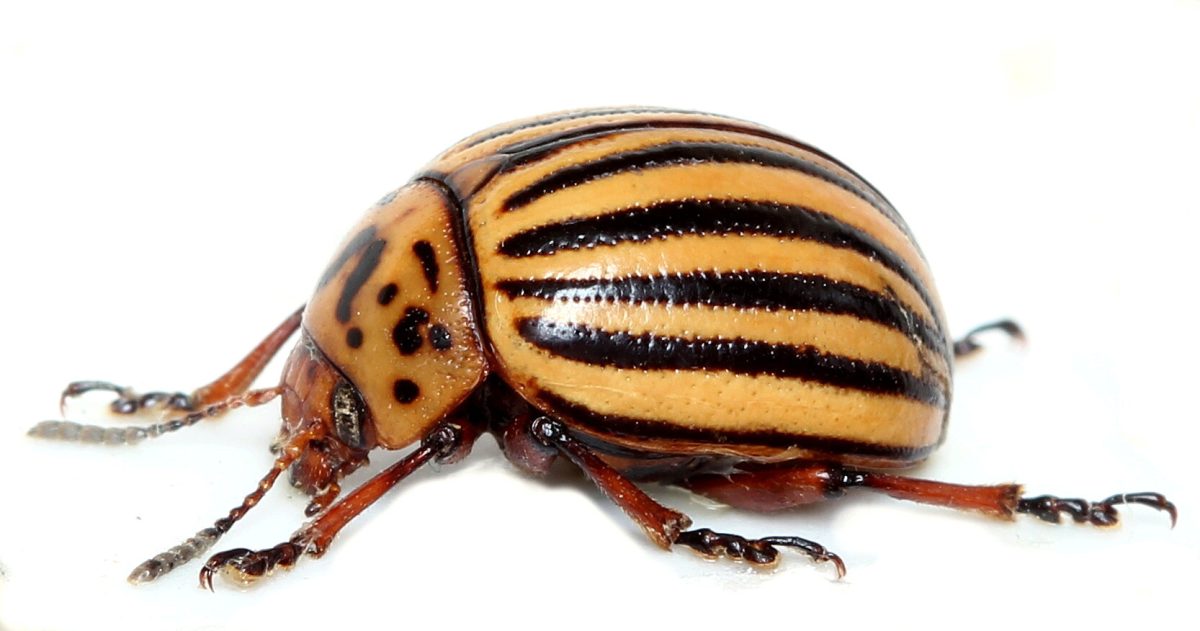#Agriculture #PestControl #PotatoCrops #InvasiveSpecies #BiologicalControl #EnvironmentalImpact
The three-lined potato beetle, also known as Lema trilineata, is a major pest of potato crops. This article delves into the development of this beetle, its effects on potato plants, and the potential consequences of its continued proliferation.
The three-lined potato beetle is native to North America, but has spread to other parts of the world, including Europe, where it is now considered an invasive species. It feeds on the foliage of potato plants, and can cause significant damage to crops. The larvae of the beetle are particularly voracious, and can quickly defoliate a plant if left unchecked.
The development of the three-lined potato beetle has been linked to changes in agricultural practices, including the use of monoculture and the increased use of pesticides. These practices can create conditions that are favorable to the beetle, allowing it to thrive and spread.
If left uncontrolled, the three-lined potato beetle can cause significant economic damage to potato crops. This can lead to higher prices for consumers and reduced profits for farmers. In addition, the beetle can also impact the environment by disrupting natural ecosystems.
To combat the threat posed by the three-lined potato beetle, farmers and researchers are exploring a range of strategies, including the use of biological control agents, such as parasitic wasps, and the development of new pest-resistant potato varieties.
In conclusion, the three-lined potato beetle represents a significant threat to potato crops and agriculture in general. Understanding the development of this pest and its effects on crops is critical in developing effective strategies for its control and management.

